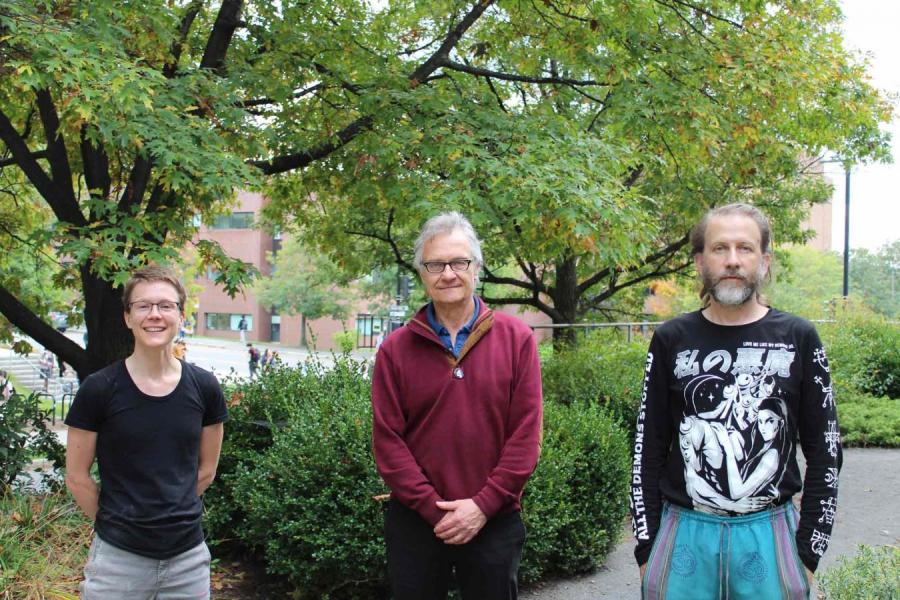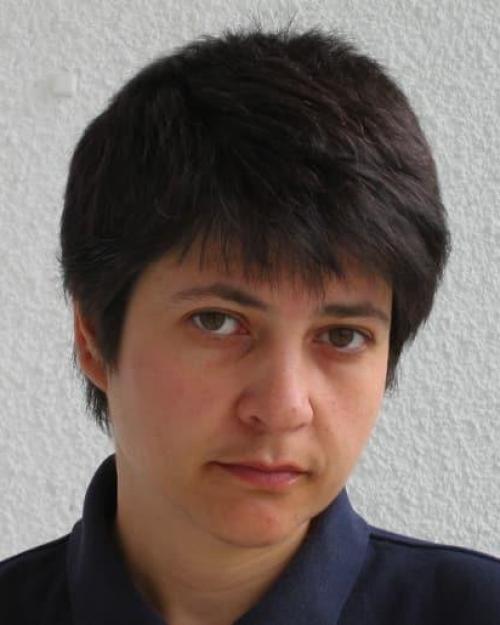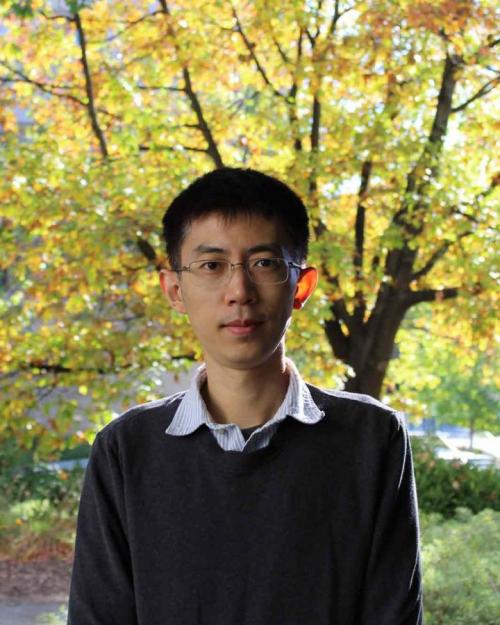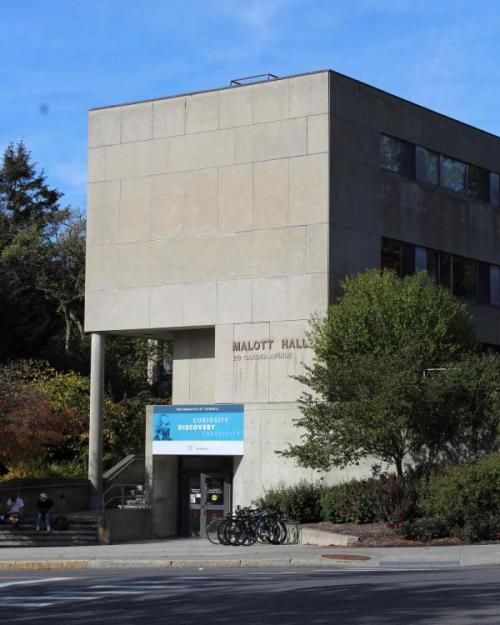Five Cornell mathematicians from the College of Arts and Sciences have been invited to speak at the world-renowned International Congress of Mathematicians (ICM) this year – an unusually high number and a great honor for the Cornell researchers, according to the department chair.
The ICM is the largest conference of its kind and meets every four years; the Fields Medals – mathematics’ highest honors – are awarded during the conference’s opening ceremonies.
The five Cornell faculty presenting are Allen Knutson, Kathryn Mann, Irena Peeva, Laurent Saloff-Coste and Xin Zhou.
“An invitation to speak at the ICM is powerful recognition of the mathematician's influence on the field and their vision for the future,” said Tara Holm, professor and chair of mathematics (A&S). “The speakers are chosen to give a snapshot of the most exciting developments in different areas of mathematics. There is also a tradition of setting out a vision for future mathematics.”
Cornell can also boast connections to six additional presenters at the ICM. Huijia Lin, Ph.D. ‘11, Daniel Remenik, Ph.D. ‘09, and Tianyi Zheng, Ph.D. ‘13 all received their doctoral degrees in the College of Arts and Sciences. Presenter Malabika Pramanik was a Michler Fellow at Cornell from 2015-16; Charlie Smart was an assistant professor from 2013-15; and Bernd Sturmfels was on the faculty from 1989-96.
Cornellians have a long history of speaking at the ICM; there has been at least one speaker with Cornell connections at every meeting since 1924. For example, the late William Thurston, the Jacob Gould Schurman Professor of Mathematics, gave a plenary address in 1978; he subsequently received the Fields Medal in 1982.
“Being selected as an ICM speaker is a great honor. That Cornell has five invited speakers in six sections of the ICM for 2022 affirms what we are fiercely proud of in the math department: broad research strength across many areas of mathematics,” said Holm.
Knutson focuses on the study of algebraic varieties carrying large groups of symmetries, such as toric varieties, flag manifolds, Schubert varieties and quiver cycles. He will be speaking on Schubert calculus and quiver varieties at the ICM. He explained that “everywhere over mathematics (and life), one is faced with questions of the form, ‘If I impose all of these conditions, is there a solution that satisfies all of them?’ Mathematicians might think about this in terms of intersecting sets, and get a first approximation to such a problem by linearizing the conditions. For an easy example, how many points in the plane lie on the intersection of two generic lines, and a harder example, how many red lines in space go through four generic blue lines? (One and two, respectively.) It usually turns out to not be so hard to give some algebraic formula for the number of solutions, but a formula like 5-12+50-8+100-29+ is not that useful for determining whether the number is positive.
“Much of my work is about finding not-obviously-equivalent counting problems, in which the linear geometry has been replaced by something much more enumerable, like the number of ways to assemble a jigsaw puzzle given certain pieces,” said Knutson, professor of mathematics. Kelsey Houston-Edwards, a graduate student in the field of mathematics, wrote and hosted a video that gives more detail about Knutson’s area of research.
Mann studies actions of infinite groups on manifolds, using techniques from geometric topology, geometric group theory and low-dimensional dynamics. Her work explores the relationships between the mathematical laws that govern a system of transformations, and the qualitative aspects of the long-term behavior of this system.
“Physicists are very interested in the dichotomy between order and chaos, that is, understanding when a physical phenomenon is stable and persistent (like the Gulf Stream) or very sensitive to conditions and therefore unpredictable (like the local weather),” said Mann, assistant professor of mathematics. “I study the purely mathematical counterpart to this question, exploring what symmetries and algebraic relations give rise to stability in a mathematical setting. The work I will be speaking on at the ICM is centered on the theme that we often find surprising rigidity by taking a broad, global perspective, literally ‘zooming out’ to infinity and seeing the whole universe of the problem at once.”
The work of Saloff-Coste, the Abram R. Bullis Professor of Mathematics, involves analysis, probability and some aspects of Riemannian geometry and group theory; he studies random processes whose behavior reflect properties of their environment. He explores questions like how the distribution of heat varies over time in a piece of metal that has bumps and holes and extends to infinity, and how the random choice of basic moves leads to the exploration of what lies around. Saloff-Coste’s presentation at the ICM will focus on the diffusion of heat and how it depends and reflects properties of the object in which the heat diffuses.
“The most familiar--yet very interesting--example of such questions concerns the repeated shuffling a deck of cards,” said Saloff-Coste. “In this case, one is moving at random among the finite but very large universe of all the arrangements of a deck of cards, and the moves are defined by whatever shuffling method we choose. The goal, of course is to mix-up the cards. But how many shuffles are enough?”
Peeva’s research is in commutative algebra and its many connections with algebraic geometry, computational algebra, noncommutative algebra, and subspace arrangements. Much of her work is focused on free resolutions and Hilbert functions, which she said is a beautiful and core area in commutative algebra. Recently, jointly with Jason McCullough of Iowa State University, she settled the longstanding Regularity Conjecture (which was raised in 1984) on the interface of algebraic geometry and commutative algebra. Peeva’s presentation at the ICM will discuss recent progress on the structure of minimal finite free resolutions.
"Algebraic geometry and commutative algebra are fields which deal with understanding the solutions of a system of polynomial equations, possibly in a large number of variables and with a large number of equations. The solutions form a geometric object. The main idea is to study the rich and beautiful interplay between its geometric and algebraic properties. Constructing a free resolution amounts to repeatedly solving systems of polynomial equations," said Peeva, professor of mathematics and director of graduate studies in the mathematics department.
Zhou focuses on differential geometry and calculus of variations in his work. His recent research concerned several geometric problems related to the mathematical models of soap bubbles and soap films spanning a closed wire. For his ICM talk, he will present some recent advancements on constructing surfaces modeling soap films and soap bubbles using variational theory.
“Due to the existence of surface tension, the surface area of a soap film or a soap bubble will minimize among all films spanning the wire or among all bubbles including a fixed volume,” explained Zhou, associate professor of mathematics. “The physical characterization of such surfaces says that the soap film and the soap bubble are respectively critical points of area or area subtracting enclosed volume. Mathematically, a soap film spanning a wire is called a minimal surface, and a soap bubble is called a surface of constant mean curvature (CMC). These two types of surfaces already caught interest by physicists and mathematicians in the 1760s, and have been extensively-studied topics which also inspired the advances of many other subjects in mathematics and science. The specific theory that I worked on, normally called the Geometric Variational Theory, is the major method for proving the rigorous existence of these types of surfaces. In recent years, my collaborators and I have solved a number of problems on the existence of minimal, and CMC surfaces by further advancing the Geometric Variational Theory."
Linda B. Glaser is news and media relations manager for the College of Arts and Sciences. Jonathan Mong, A&S communications assistant, also contributed to the story.








